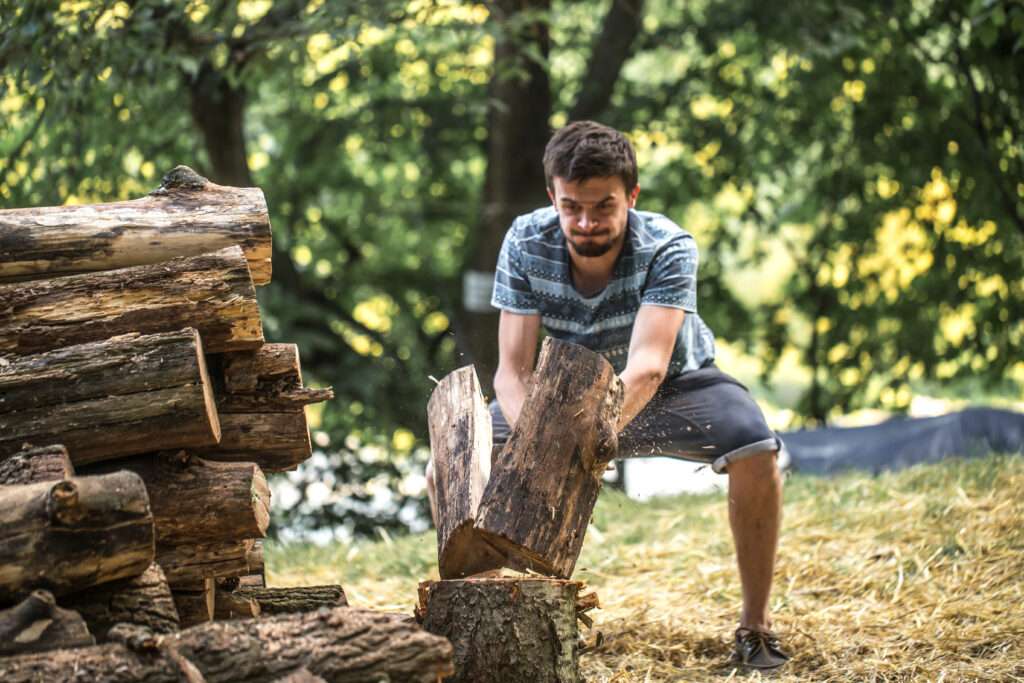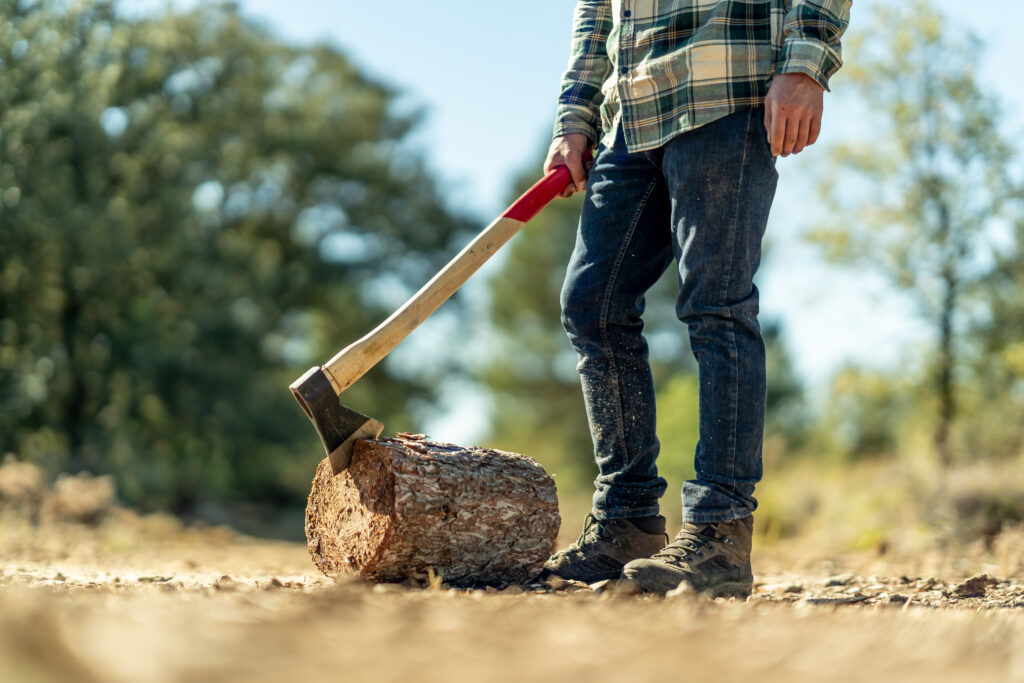Top Holidays and Observances in February 2025


Removing a tree stump from your yard can be a daunting task for any homeowner. Whether you’re looking to clear space for a new garden, eliminate a tripping hazard, or simply improve the aesthetics of your landscape, knowing how to remove a stump efficiently and safely is essential. This guide provides a comprehensive overview of the tools, techniques, and safety precautions necessary for successful stump removal, offering practical advice for DIY enthusiasts and homeowners alike.

Before embarking on your stump removal project, it’s crucial to equip yourself with the right tools and materials. The effectiveness of your efforts largely depends on having the appropriate equipment for the task at hand. Here’s a detailed list of the essential tools for stump removal:
With the right tools in hand, you can now proceed with the step-by-step instructions for stump removal. This process will guide you through each stage, ensuring a thorough and effective removal.
Chemical stump removal is an alternative method that involves accelerating the natural decay process. This approach is particularly useful for those who prefer a less labor-intensive solution.
For particularly large stumps, manual and chemical methods may not suffice. In these cases, leveraging heavy equipment can be the most effective solution.
Renting a stump grinder or backhoe can significantly reduce the time and effort required to remove a large stump. Stump grinders use a rotating cutting disk to chip away at the wood, while a backhoe can dig up and extract the entire stump and root system. Always ensure you are familiar with operating such equipment or hire a professional to avoid accidents.
For smaller stumps, natural solutions can be both effective and environmentally friendly. Consider these methods:

Safety should always be a top priority when removing stumps. The following precautions and necessary gear will help protect you during the process:
Understanding the cost estimates for different removal methods can help you budget your stump removal project effectively. Manual removal is often the most cost-effective, requiring only basic tools. Chemical removal involves the purchase of stump remover, which is relatively inexpensive. Renting heavy equipment can be costly, but necessary for larger stumps. Consider the size of the stump, your available resources, and the urgency of the project when deciding on a method.
In addition to the methods outlined above, several alternative options can be considered for stump removal:
By understanding the various methods and tools available, you can choose the most suitable approach for your stump removal project. Whether opting for a DIY method or seeking professional help, the key is to prioritize safety and efficiency to achieve the best results for your landscape.